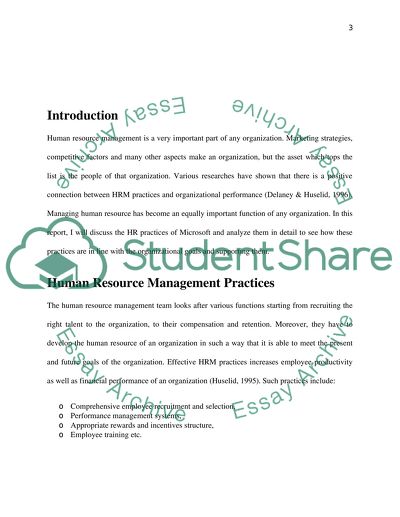Cite this document
(Human Resource Management Practices: Microsoft Case Study - 3, n.d.)
Human Resource Management Practices: Microsoft Case Study - 3. Retrieved from https://studentshare.org/human-resources/1575063-human-resources-management
Human Resource Management Practices: Microsoft Case Study - 3. Retrieved from https://studentshare.org/human-resources/1575063-human-resources-management
(Human Resource Management Practices: Microsoft Case Study - 3)
Human Resource Management Practices: Microsoft Case Study - 3. https://studentshare.org/human-resources/1575063-human-resources-management.
Human Resource Management Practices: Microsoft Case Study - 3. https://studentshare.org/human-resources/1575063-human-resources-management.
“Human Resource Management Practices: Microsoft Case Study - 3”. https://studentshare.org/human-resources/1575063-human-resources-management.


